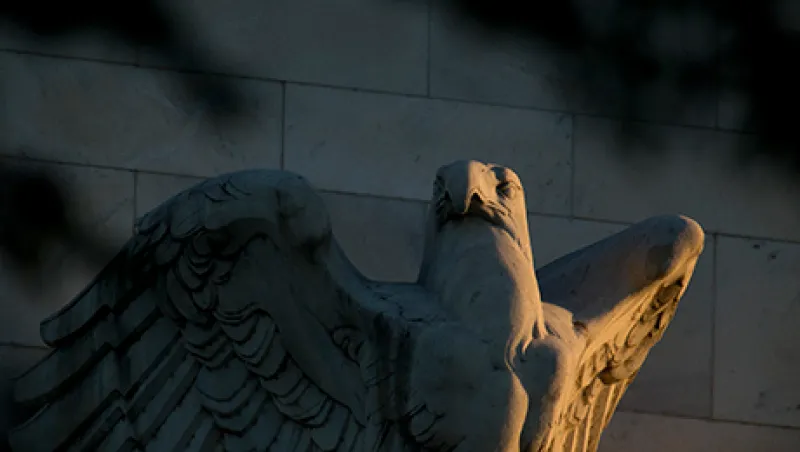Investors and traders are still reeling from recent market gyrations, and Federal Reserve officials are sending seemingly contradictory signals. Against this backdrop, the Federal Open Market Committee (FOMC) meeting this week certainly feels like a wild card: Anything can happen. With labor markets significantly recovered, strong employment gains continuing for a second year and the unemployment rate hovering around full employment, it is clear the economy has met the employment conditions for a rate increase.
What is lost in the hysteria of a rate lift-off and the media drama around the meeting, however, is that there is one simple question confronting policymakers at the Federal Reserve: How imminent is inflation?
The evidence is somewhat muddled on this — and very likely accounts for the mixed messages from the Fed. Indeed, inflation is a key point of discord among FOMC members. The differences are stark, and there seems to be little room for middle ground or compromise on this matter.
One group of FOMC members believes inflation is like a coiled spring. The rationale for this is pretty clear: With the unemployment rate already within the range of what many, including FOMC members themselves, consider full employment, and jobs continuing to be created at a rapid clip, wage growth is poised to surge. This, in turn, will trigger the coiled spring and propel inflation higher.
The implication for policy is equally straightforward. To ensure that inflation does not substantially overshoot the Fed’s target, there is urgency for the FOMC to take action right away. There is a need to begin normalizing rates very soon, since monetary policy affects the real economy with a considerable lag. This camp includes several Federal Reserve Bank presidents: James Bullard of St. Louis, Loretta Mester of Cleveland and Jeffrey Lacker of Richmond, Virginia.
This, however, does not appear to be the view espoused by the majority of the Fed’s policymaking committee. Their view seems to be that inflation is not an imminent threat. For them, anemic wage growth is a telling sign that considerable slack remains in labor markets. This camp believes that the unemployment rate can fall further yet without sparking inflation. For them, there is no compelling reason to raise rates soon, especially given the downside risks to growth and inflation that have emerged.
So what will happen at this week’s FOMC meeting? We expect the FOMC to vote to stay the course. Despite at least one vote in favor of a rate increase, there is very little chance of a sufficient number of votes to make it happen.
Our base case still has the Fed launching its rate normalization program in December, followed by a lengthy pause of three to six months. Expect the pace of subsequent increases to be very slow and for policy rates to be no higher than 1 percent through the end of 2016.
The Fed will maintain an overall upbeat outlook but also downgrade some forecasts. FOMC communication following the meeting will reflect the mixed signals of the economy but have a clear optimistic tilt. By remaining upbeat about labor markets and noting the temporary nature of inflation dampeners, the FOMC will keep hope alive for a rate increase in 2015.
At this meeting, FOMC members will have the opportunity to update their forecasts for economic factors and interest rates. As is usually the case, the optimistic tone of Fed communication will be tempered by downward revisions to economic growth, inflation and the unemployment rate.
Shehriyar Antia is the founder and chief market strategist at Macro Insight Group, an investment strategy firm based in New York. Prior to founding MIG, he worked on quantitative easing programs and monetary policy as a senior market analyst at the Federal Reserve Bank of New York.
Get more on macro.






